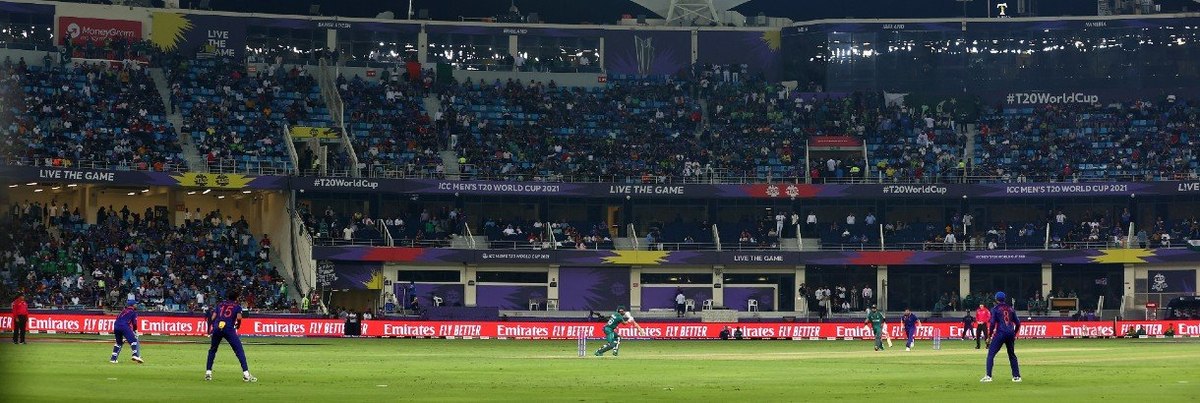
Global: Fan interest in the T20 World Cup in five key markets
As the 2021 T20 World Cup approaches the business end, we look at data in YouGov Global Fan Profiles to explore the fan following for the event in five key markets.
These include four major cricket markets and T20 World Cup participants – Australia, India, South Africa, Britain (England and Scotland are both playing in the tournament) – in addition to the United Arab Emirates, which is hosting the ongoing event.
It should come as no surprise that India – one of the most cricket-crazy markets – leads the way. Seven in ten consumers in urban India (70%) say that the T20 World Cup is one of their top interests or that they are somewhat interested in the event.
Over half of South Africans also express the same level of interest in the event (56%). UAE comes in third with two in five consumers in the region (39%) stating their interest in the world event. UAE surpassing more established cricket markets like Australia and Britain could be partially explained by the huge population of South Asian expats in the region – as well as its host status.
A quarter of Australians (26%) say they are interested in the T20 World Cup, and the figure drops to 16% among Brits.
The demographic filters in YouGov Global Fan Profiles allow us additional insight into patterns of the level of interest across different age groups.
Across markets, interest is lowest among those aged between 18 and 24. In most markets, with the exception of Britain, interest level also is on the lower side among those aged over 55. Interest is pretty level across the age groups in Australia whereas in Great Britain, interest is almost twice as high in the oldest age group compared to the youngest.
Receive monthly topical insights about the sports industry, straight to your inbox. Sign up today.
Discover more sports content here
Start building a survey now with YouGov Direct
Methodology: YouGov Global Fan Profiles, which includes data from 38 markets, is based on continuously collected data from several sources, rather than from a single limited questionnaire. Data referenced is based on a sample size of between 4,194 and 10,08,83 adults. Online interviews were conducted between November 2020 and November 2021.